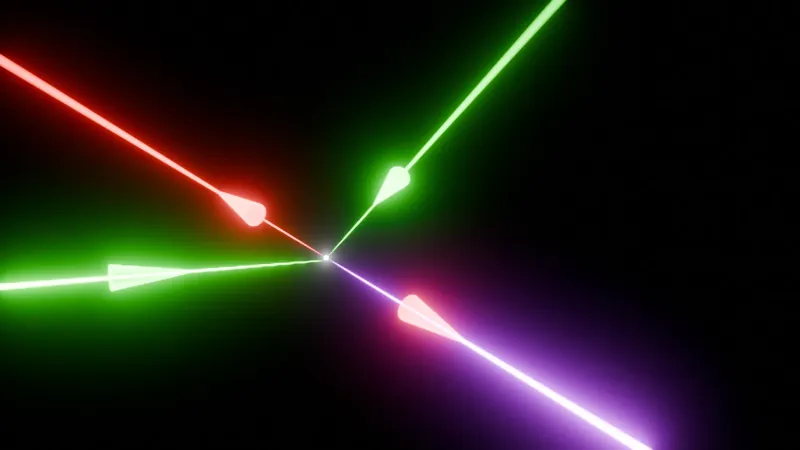
Light from Nothing: Oxford Researchers Simulate Photons Colliding in Empty Space
2025-06-08
Author: Sophie
A Groundbreaking Quantum Leap
In a stunning revelation of the quantum realm, scientists have successfully simulated the creation of light from the void, a breakthrough that could reshape our understanding of physics. Published in Communications Physics, this pioneering work by a team from the University of Oxford and the Instituto Superior Técnico in Lisbon marks a significant milestone in quantum research.
The Quantum Vacuum: More Than Meets the Eye
Previously perceived as a mere emptiness, the quantum vacuum is teeming with life in the form of virtual electron-positron pairs. The researchers utilized advanced computational models to conduct real-time, three-dimensional simulations that explore how intense laser beams interact with this seemingly barren vacuum.
Vacuum Four-Wave Mixing: The Sorcery of Light
Their simulations demonstrate an astonishing phenomenon known as vacuum four-wave mixing. This process suggests that three converging laser pulses can polarize the vacuum's virtual pairs, making photons collide like billiard balls and even generate a fourth laser beam—a dazzling display of 'light emerging from darkness.'
A New Chapter for Experimental Physics
Professor Peter Norreys, a co-author of the study, emphasized the importance of these findings: "This is not just an academic curiosity—it's a significant step towards experimental validation of quantum effects that have primarily existed in theory until now." As ultra-powerful lasers come into operation, including the UK's Vulcan 20-20 and various facilities worldwide, the potential to confirm photon-photon interactions experimentally is closer than ever.
Revolutionizing Future Experiments
Lead author Zixin (Lily) Zhang elaborated on the implications of their work: "Our computer program allows us to observe quantum vacuum interactions that were once unreachable. By conducting a three-beam scattering study, we unraveled a spectrum of quantum signatures, advancing our understanding of interactions and their time scales.
Searching for Dark Matter
Beyond testing the limits of quantum mechanics, the team's simulations provide a framework for future high-energy laser experiments that may even illuminate the mysteries of dark matter by searching for elusive particles like axions and millicharged particles.
The Dawn of a New Era in Physics
Professor Luis Silva from the Instituto Superior Técnico reinforced the significance of their computational methods: "Our innovations in OSIRIS will greatly support upcoming experiments at cutting-edge laser facilities. This fusion of high-intensity lasers and advanced modeling heralds a new era in laser-matter interactions and opens the door to groundbreaking discoveries in fundamental physics."
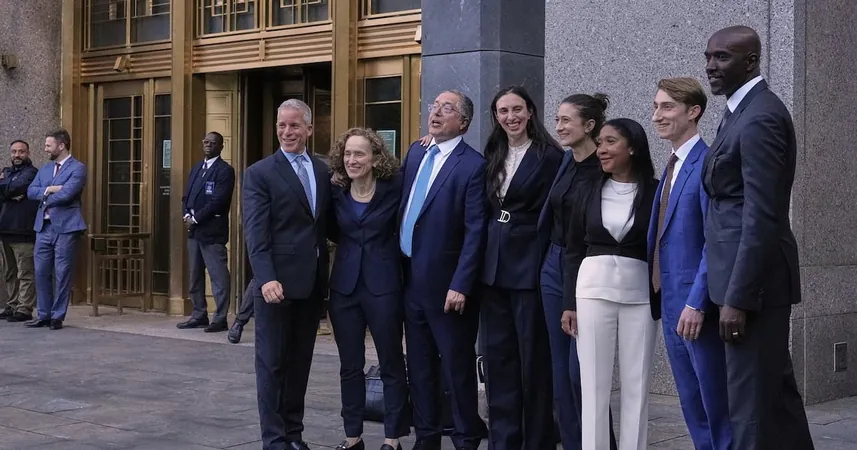
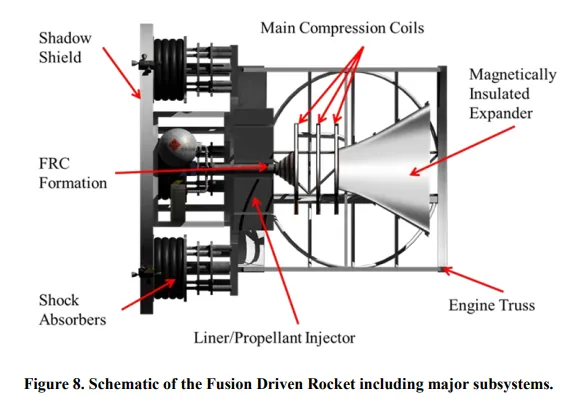
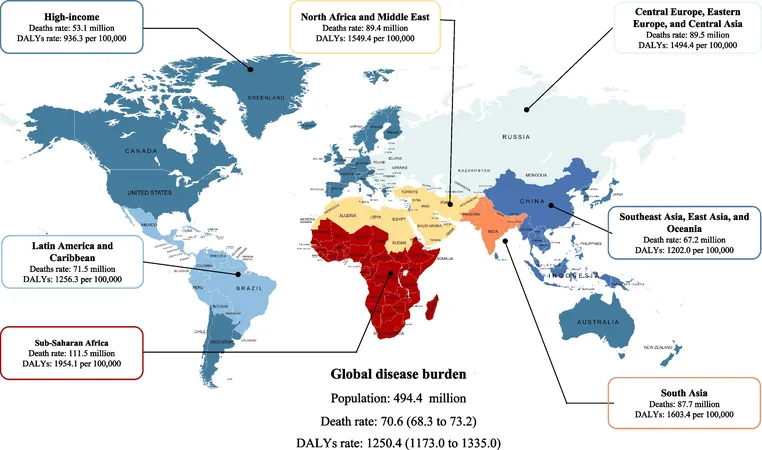
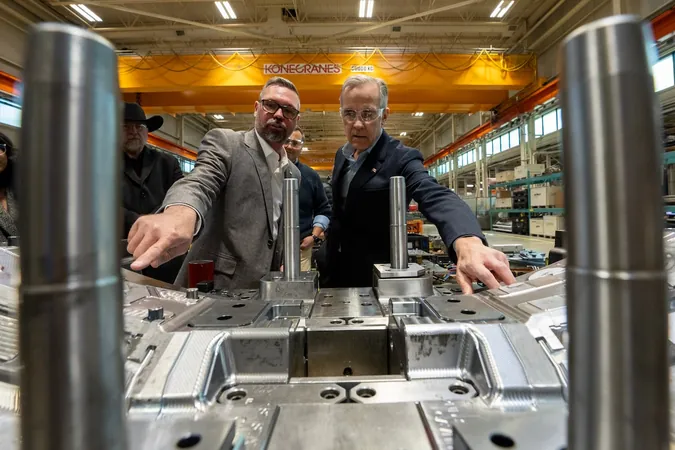


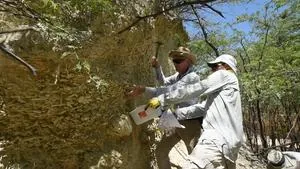


 Brasil (PT)
Brasil (PT)
 Canada (EN)
Canada (EN)
 Chile (ES)
Chile (ES)
 Česko (CS)
Česko (CS)
 대한민국 (KO)
대한민국 (KO)
 España (ES)
España (ES)
 France (FR)
France (FR)
 Hong Kong (EN)
Hong Kong (EN)
 Italia (IT)
Italia (IT)
 日本 (JA)
日本 (JA)
 Magyarország (HU)
Magyarország (HU)
 Norge (NO)
Norge (NO)
 Polska (PL)
Polska (PL)
 Schweiz (DE)
Schweiz (DE)
 Singapore (EN)
Singapore (EN)
 Sverige (SV)
Sverige (SV)
 Suomi (FI)
Suomi (FI)
 Türkiye (TR)
Türkiye (TR)
 الإمارات العربية المتحدة (AR)
الإمارات العربية المتحدة (AR)